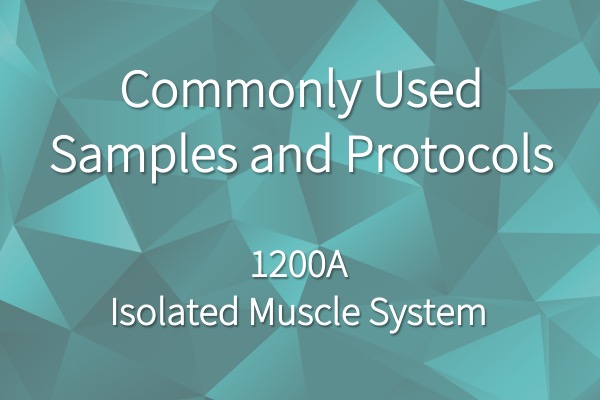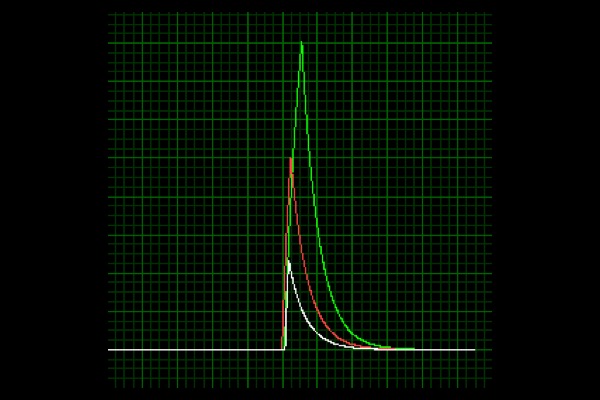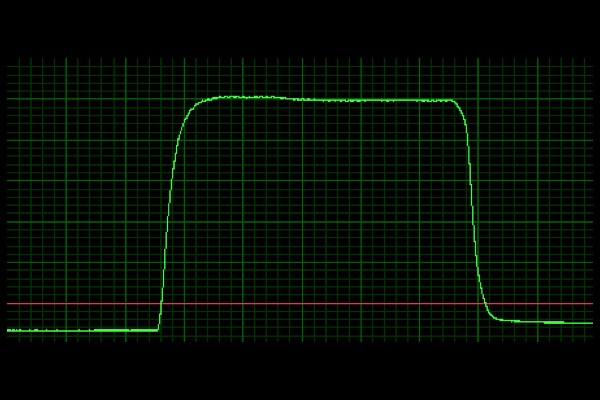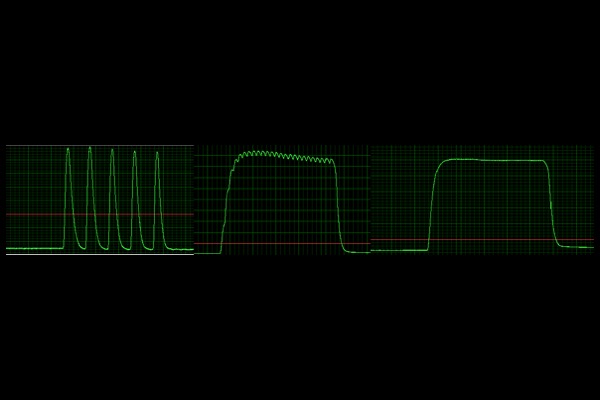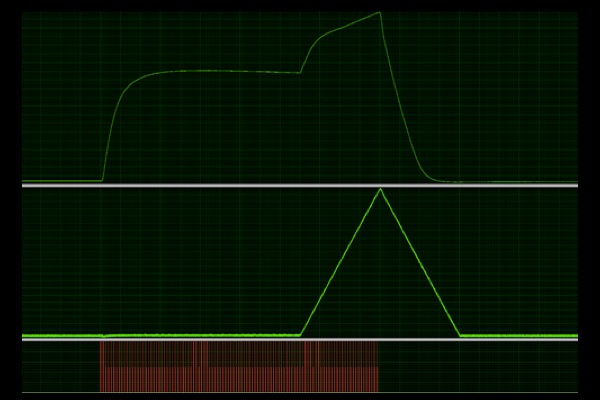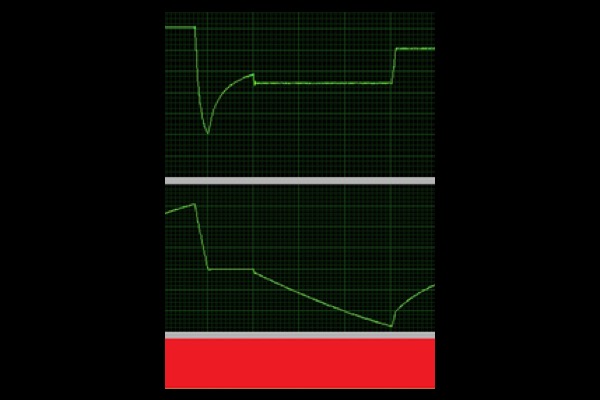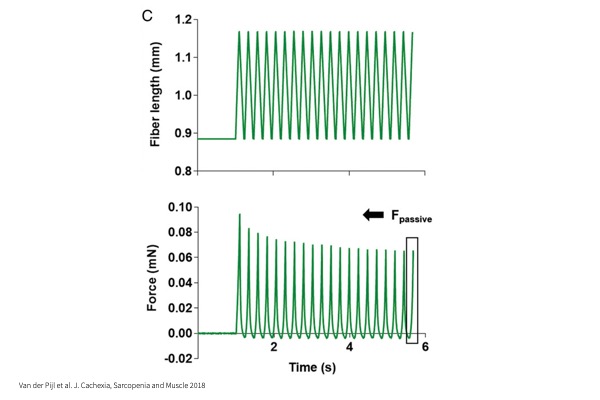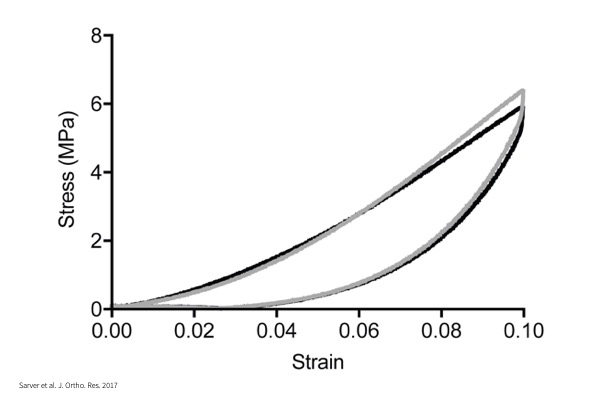Aurora Scientific offers several different test systems to evaluate the various structural levels of muscle. However, there are many examples of these systems being used for other types of compliant tissues and materials. Most of these systems are able to work with a multitude of different samples and perform a wide array of experiments.
This blog is meant to be a quick, comprehensive guide to what research has been done with the 1200A/1205A Isolated Muscle Systems and a primer for anyone searching for the most appropriate muscle test system based on their specific research objectives.
This blog is part of a collection – click below to view other guides by system type:
1300A/1305A/1310A Whole Animals Systems for Mice, Rats, Dogs, Pigs and Other Large Animals
1400A/1405A/1410A/1415A Permeabilized Fiber System
1500A/1510A/1530A Small Intact Isolated Muscle System
1600A – Permeabilized Myocyte System
1200A/1205A Isolated Muscle Systems for Mice and Rats
The 1200A series of systems were inspired by the classic, vertical organ bath chambers which have become virtually synonymous with muscle physiology and mechanics. These chambers were originally designed to work with skeletal muscles (mostly from the limb) in mice and rats. The big advancement from these classic style of organ baths is the ability to change muscle length rapidly meaning that stretch and shortening protocols such as eccentric damage, force velocity and work loops could be performed. Testing the mechanical properties of compliant tissues, artificial muscles and even smooth muscle strips (eg. Stress-strain curves) are also common.
To download a chart of the information below, click here!
Common Samples:
Skeletal & Smooth Muscle:
- Extensor Digitorum Longus (EDL)
- Soleus
- Plantaris
- Diaphragm
- Lumbricalis
- Bladder Strips
- Airway Smooth Muscle (ASM)
Biomaterials and Polymers:
- Dielectric Elastomer Actuators (EAPs)
- Electroactive Polymers
- Gels & Scaffolds
- Electrochemical Actuators
- Electrothermal Actuators
Artificial Muscle and Connective Tissue:
- Cartilage
- Epithelial
- Tendon
Common Experiments:
Twitch:
Single impulse designed to elicit contraction of a single or small number of muscle fibers.
Tetanus:
Multiple electrical impulses in quick succession resulting in temporal summation and complete muscle contraction.
Fatigue:
Sub-maximal tetanic contraction repeated frequently to induce fatigue of the muscle.
Force-Frequency:
Varying rates of stimulation frequencies to assess optimal frequency that elicits maximum tetanic force.
Eccentric:
Active lengthening of muscle during isometric tetanic contraction to induce injury and assess resistance to injury or recovery from it.
Force-Velocity:
Controlling muscle force output (isotonic) to assess shortening velocity of muscle.
Stiffness:
Passive sinusoidal lengthening and shortening of muscle to assess the inherent stiffness of the tissue.
Stress-Strain:
Incremental lengthening of tissue to calculate Young’s modulus of materials.

